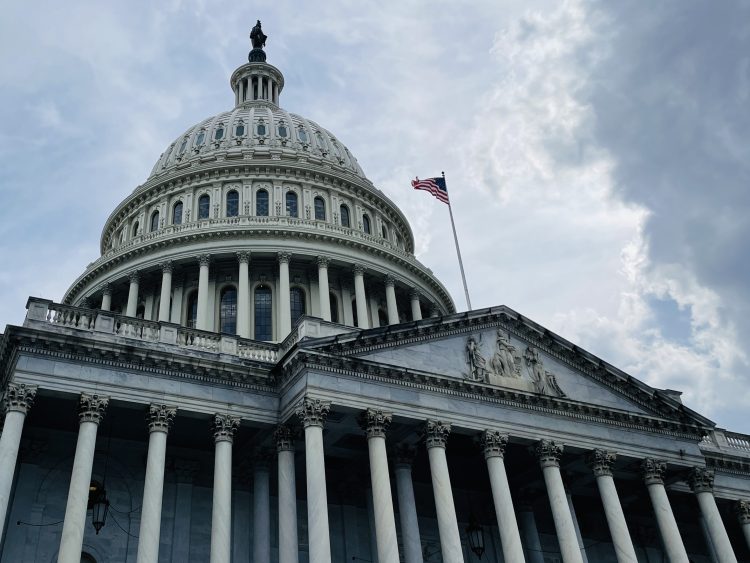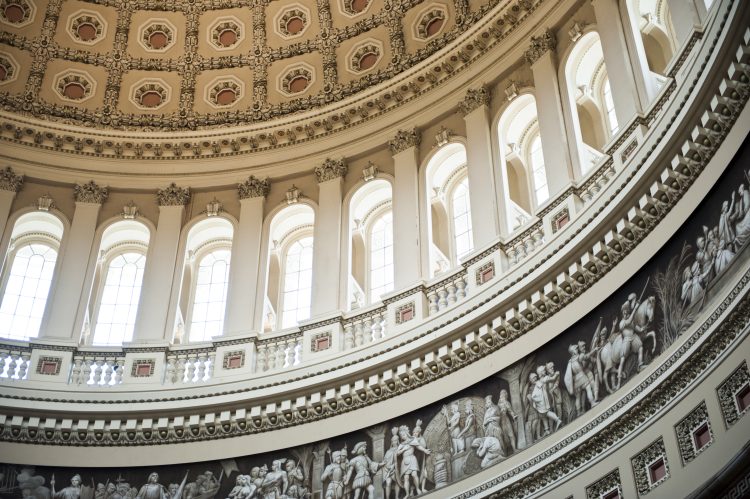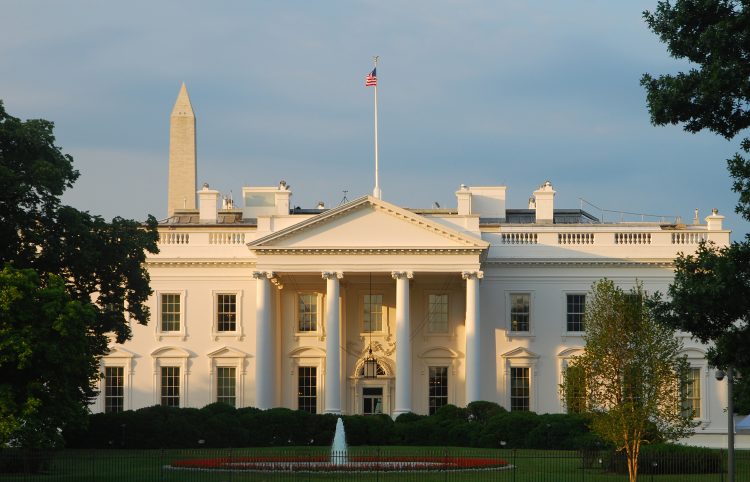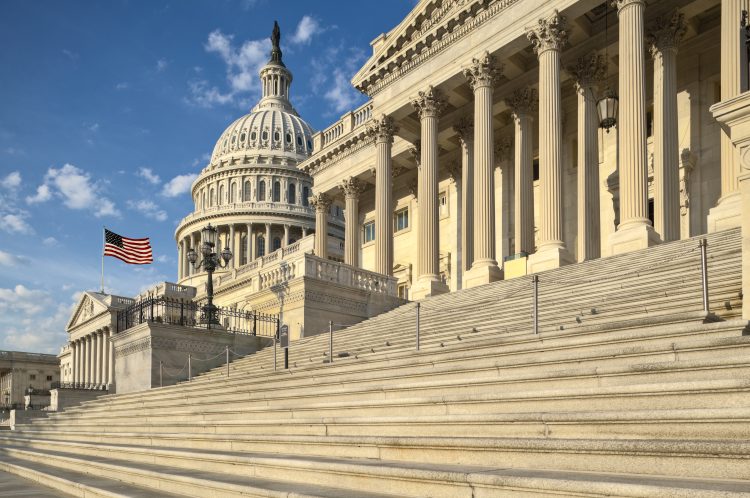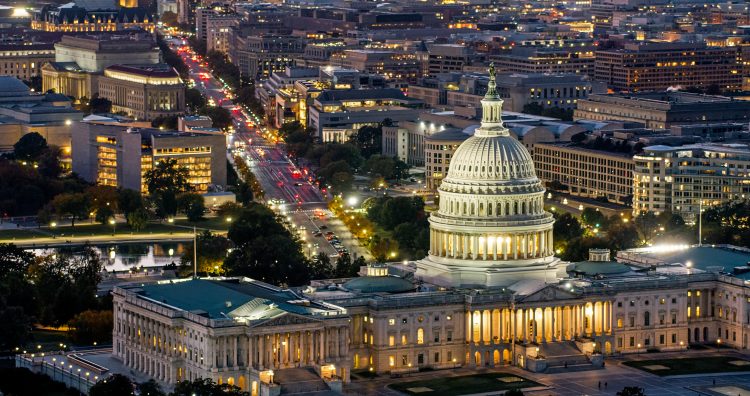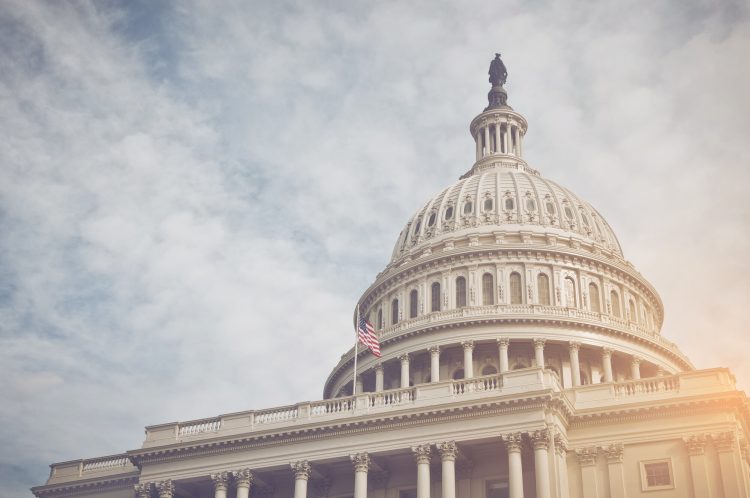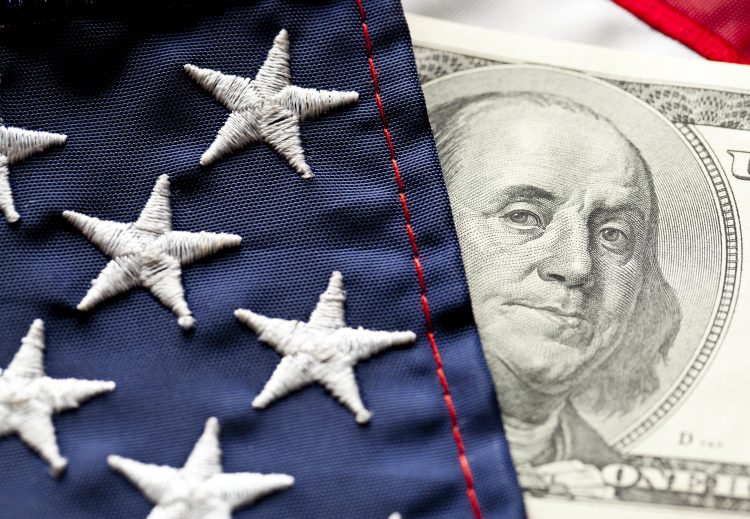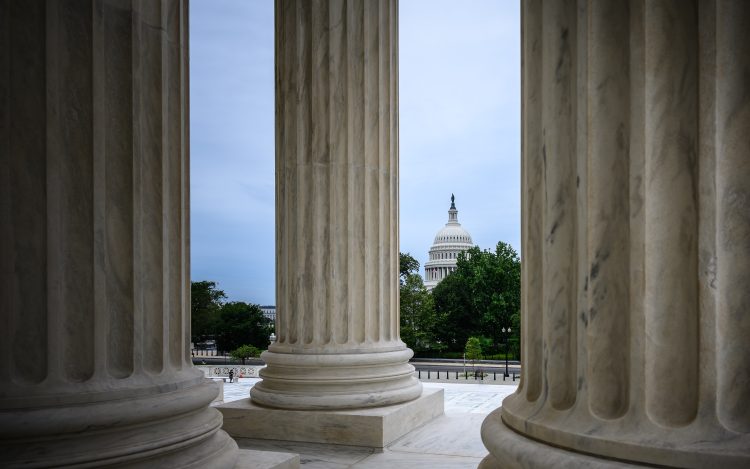This week on Facing the Future, we looked at (and tried to make sense of) the mixed bag of economic signals from the latest figures on employment, consumer prices, and the strategy employed by the Federal Reserve on interest rates, all of which made news in the last week. To do this, we were joined by Robert Carroll, co-director of the Ernst & Young U.S. National Tax Quantitative Economics and Statistics Group (QUEST). Carroll also served as Deputy Assistant Secretary for Tax Analysis for the U.S. Treasury Department. Concord Coalition Policy Director Tori Gorman and chief economist Steve Robinson joined us for that conversation.
Later in the program, Steve, Tori, and I took our own look at economic trends as well as newly released figures from the Congressional Budget Office that show that after two years of decline, the federal budget deficit is once again on the rise.
Among the recently released numbers sending seemingly divergent economic signals are data from the labor market, the Consumer Price Index (CPI), and the Federal Reserve’s Open Market Committee. Numbers released by the Bureau of Labor Statistics showed that May of this year saw very robust growth of 339,000 new jobs while the unemployment rate rose slightly to 3.7%. Meanwhile, the BLS also just released the latest CPI figures showing that year-over-year inflation declined to 4%, which is down significantly since its peak of 9.1% last year, but still higher than the Fed’s target inflation rate of 2%. Core inflation, which excludes volatile categories such as energy and food, remained stubbornly high at 5.3% year-over-year, down slightly from 5.5% in April. All of these data points and others more than likely were factored into the Fed’s decision to hold interest rates steady after months of rate hikes to combat inflation.
So what does all this mean and where is our economy going? Are we heading into a recession? Is recession the only thing that will lower inflation? Here is Robert Carroll’s take:
“Inflation is continuing a gradual decline but it remains much more elevated than most forecasters thought it would be at this point in time than they thought a year or six months ago,” said Carroll. “Housing – rents in particular – which tend to come in with a lag in the way the CPI is constructed, that component tells you what’s been happening with housing services and rent prices from several months ago as opposed to today. That’s been putting upward pressure on the CPI over the last few months. As that component catches up, that might take some pressure off the CPI going forward. Inflation is coming down more slowly than perhaps the Fed would like, and they’ve had the fastest rise in interest rates since the early 1980s. They’ve been so aggressive in raising rates, I think they are thinking now is the time to take a slower approach and evaluate the trends in the economy. The labor market remains very tight. The economy is surprisingly resilient. Those factors weigh on their minds. The economy is probably growing faster and the labor market is tighter than they want.”
Carroll compares the Fed’s actions to changing the direction of an enormous oil tanker, with small changes having large impact over time, but those impacts only showing themselves months down the road.
“Perhaps it’s prudent for the Fed to take a wait-and-see approach for a little while, which could mean skipping interest rate increases for a couple of meetings,” said Carroll. “There’s still a lot of concern about liquidity and bank failures. We had three significant bank failures recently. The decline in liquidity is not so much a good thing, but it will put downward pressure on the economy, and from that perspective, it’s something the Fed needs to consider carefully and take into account. That does pose a different type of risk to the economy going forward. The economy at the current time seems fairly resilient. It has weakened a bit in the first quarter relative to the 4th quarter of last year. Consumer spending and retail sales have moved up. The labor market – even though the unemployment rate went up to 3.7% in May from 3.4% in April – the job gains picked up to 339,000 for May, relative to 294,000 for April, an average of 290,000 job gains per month for the last six months.”
Carroll says while economists look at whether overall Gross Domestic Product (GDP) is shrinking or growing to determine whether or not we are in a recession, we should also be looking at Gross Domestic Income (GDI) for important clues.
“In the first two quarters of last year [2022], while GDP was falling, Gross Domestic Income was rising by 2.5-3%, suggesting the economy was growing quite robustly,” said Carroll. “There were changes in inventory and exports and imports that were the primary reason GDP was falling. Turn the clock forward, and you look at the last quarter of 2022, Gross Domestic Income was rather weak, even though GDP was rising and indicating some resilience in the economy. It does seem that the economy may be approaching an inflection point where there is some weakness. One thing that makes it difficult is that we may have recession-like conditions 3, 6, 9, 12 months from now, but maybe not be in a technical recession. We might have near zero growth that might be a little negative, a little positive, it might oscillate from quarter to quarter over two or three quarters. But there are a lot of forecasts, and those forecasts are changing quite a lot. Those forecasts that tend to have a recession in them are tending to move the recession further into the future.”
And overall, Carroll says this may be the reason that while the economy is producing a lot of new jobs and inflation is coming down, Americans don’t feel positively about economic trends.
“When I look at the economic data, I see a lot of dissonance,” said Carroll. “I don’t see an economy that’s doing exceptionally well. Manufacturing has not been doing particularly well over the last three or four months. Services has regained some ground, particularly leisure and hospitality, that industry really took it on its head during COVID. Labor force participation is still below pre-pandemic levels. Labor productivity has been falling for five consecutive quarters. The rate of unemployment that economists assign to an economy that is full employment is 4.4% or 4.5%, so we really have a job market that’s very tight, and an unemployment rate that’s probably too low. Job openings still exceed unemployed people by 3-3.5 million. It’s come down in the last few months, which is a sign of loosening, which is a good sign. Given the resources that are being deployed in the labor market, the economy is probably growing too fast, and that is putting a lot of pressure on prices and inflation. We are still more than double the Fed’s target rate of inflation.”
Hear more on Facing the Future. I host the program each week on WKXL in Concord N.H., and it is also available via podcast. Join us as we discuss issues relating to national fiscal policy with budget experts, industry leaders, and elected officials. Past broadcasts are available here. You can subscribe to the podcast on Spotify, Pandora, iTunes, Google Podcasts, Stitcher, or with an RSS feed. Follow Facing the Future on Facebook, and watch videos from past episodes on The Concord Coalition YouTube channel.
Continue Reading
